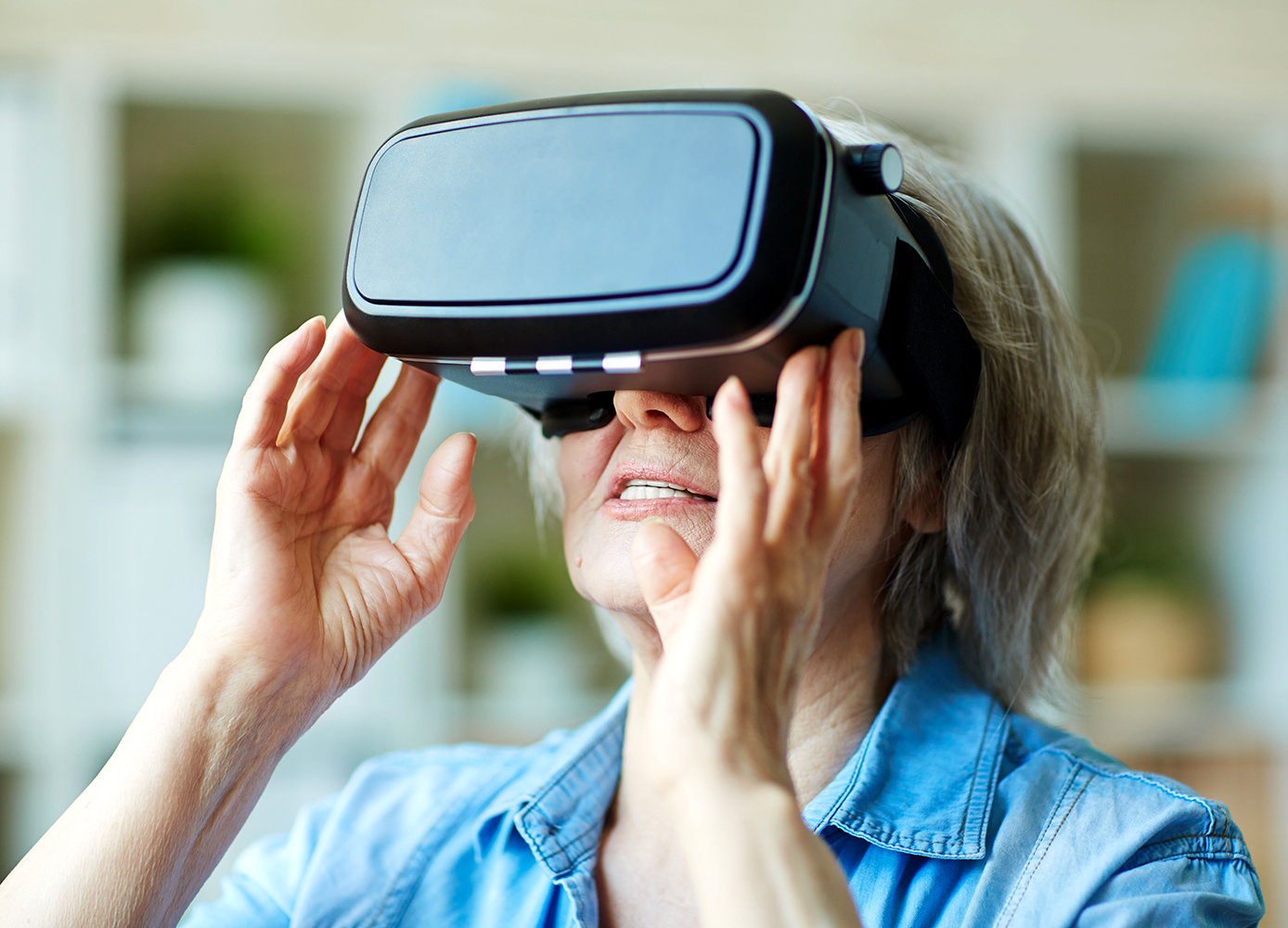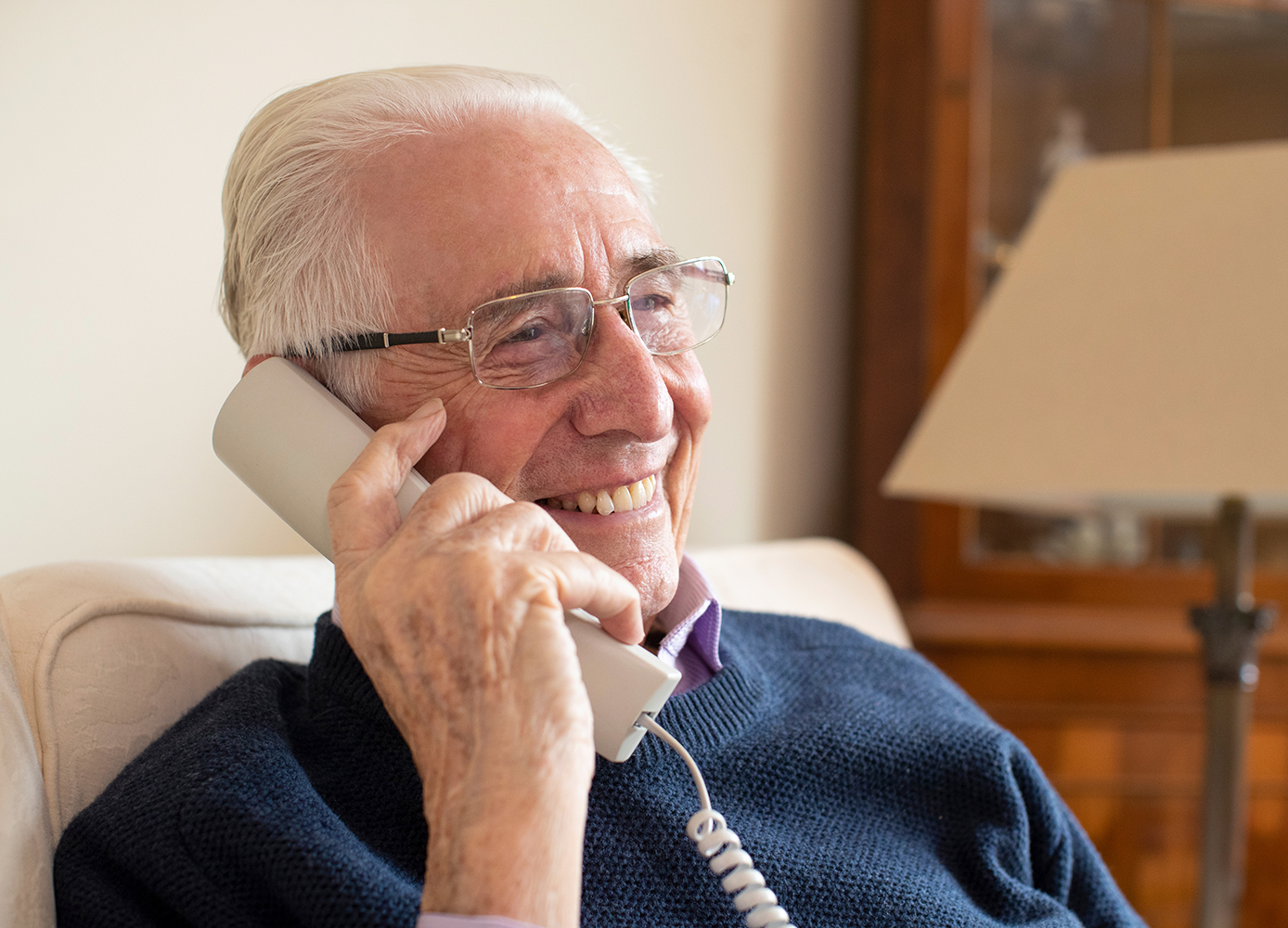These gadgets can help improve someone’s quality of life
Photo: iStock/shironosov.
By Erika Morris
Every year, more and more gadgets and applications appear that are designed to help seniors stay in the comfort of their own home for longer. From health tracking to staying in touch, here are three useful gadgets and apps for retired folks.
The Smart Watch
Whether it’s the Fitbit or Apple Watch, these gadgets have the ability to monitor the wearer’s heart rate and rhythm, and blood pressure. It also records metrics of physical activity such as how many steps you take in a day, how many calories you burn, and how many hours you sleep. When the user wears the watch daily, this information is tracked long-term, and the device can send a alert if it detects problems such as high blood pressure, which can help prevent strokes and heart attacks.
A Robot Called ElliQ
Loneliness and social isolation is a common problem among retirees that can seriously increase health risks. Intuition Robotics’ debut product, a robot called ElliQ, is designed to combat this. The robot’s artificial intelligence is programmed to initiate conversations with the user. It does everything from reminding someone to stay in touch with loved ones or to take medication to offering ways to connect with the outside world. Among its features, it can check the weather and then suggest taking a walk. It also has a video screen for loved ones to send photos and video responses.
Neuro Rehab VR
Neuro Rehab VR is designed for older patients undergoing physical therapy or living with neurodegenerative diseases. Its 3-D virtual reality experience can ease the physical rehabilitation of those who have suffered strokes and spinal cord injuries, among others.
Each exercise is tailored to a patient’s specific needs and abilities. The experience is like a game, allowing patients to have an easier time forgetting the pain so that they can train longer. In one game, for example, the user puts on the headset and finds himself or herself in a grocery store where he or she must shop for selected items. This technology has been used in clinics before and is now being brought to patients’ homes.






